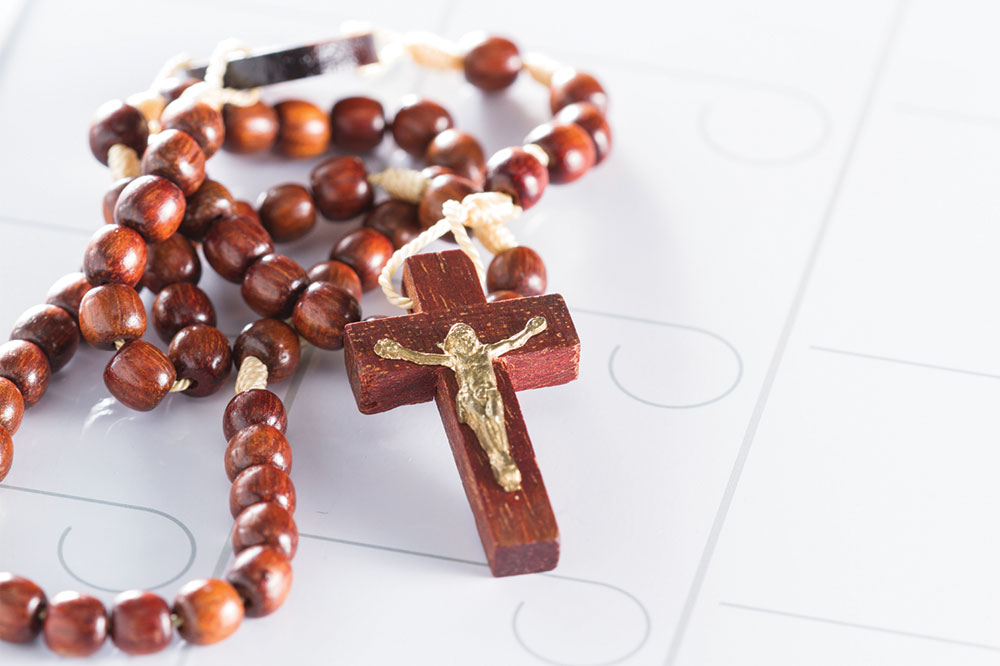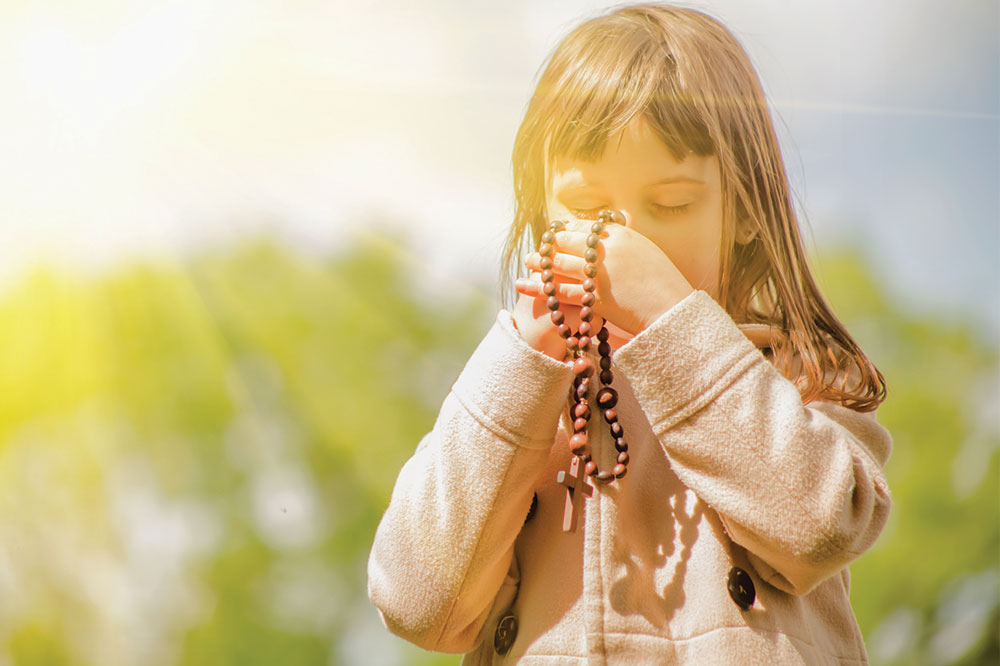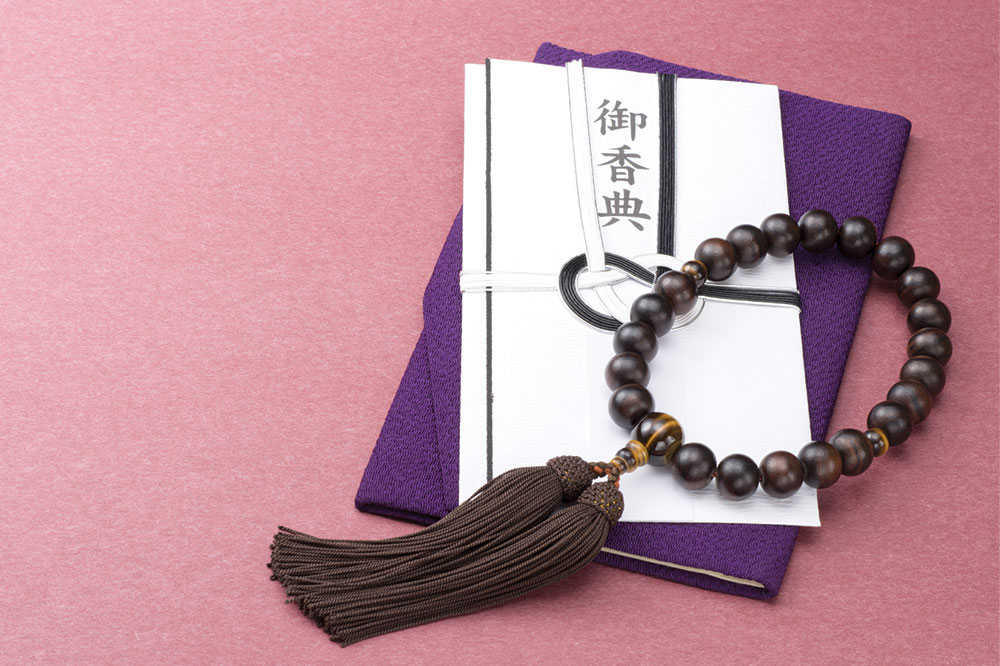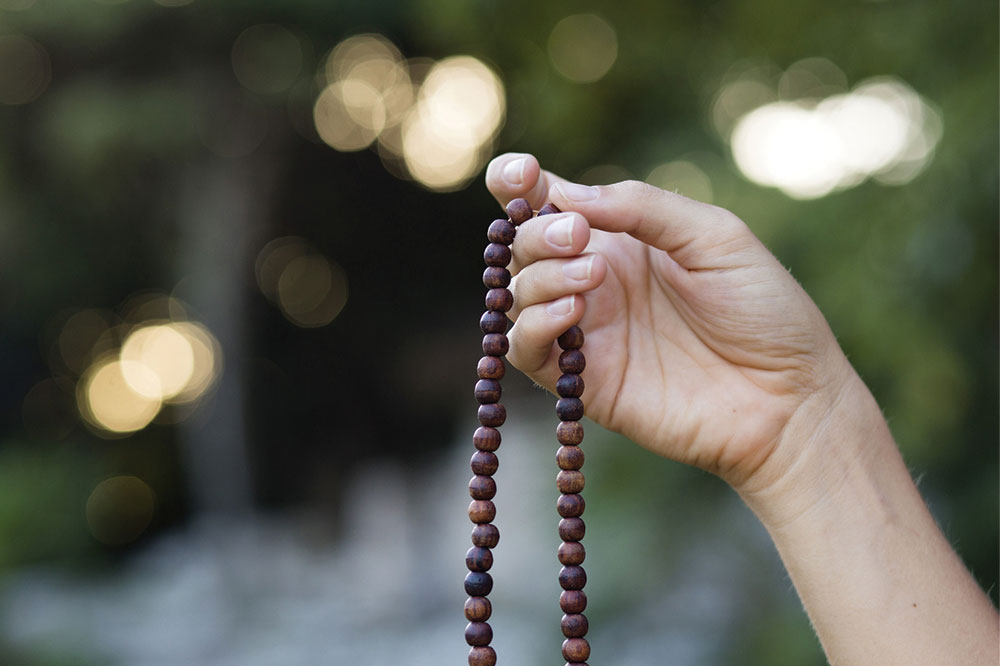A Historical Overview of Prayer Beads in World Religions
This article explores the rich history and diverse styles of prayer beads across Christianity, Buddhism, and Islam. It highlights their cultural significance, materials used, and roles in spiritual practices. Learn how these symbolic beads aid meditation, prayer, and devotion across different faiths, offering spiritual benefits like stress reduction and inner peace. A fascinating overview for those interested in religious traditions and spiritual tools worldwide.

A Historical Overview of Prayer Beads in World Religions
The term "bead" originates from the Old English word "bede," meaning prayer. The use of prayer beads dates back approximately 2,900 years in Hinduism, with subsequent adoption by Muslims and Buddhists. During the Middle Ages, Christians developed their own versions, known as rosaries. This article explores the diverse forms of prayer beads across Christianity, Buddhism, and Islam.
Types of Prayer Beads
Below are key types of prayer beads used in different spiritual traditions:
Christian Prayer Beads
These beads are prevalent in Lutheran, Catholic, and Episcopal communities. They serve for prayer repetition, meditation, and devotion. Beads often symbolize specific ideas or moments, crafted from various materials, and worn as necklaces or bracelets. Christian prayer beads, especially rosaries, are utilized to facilitate prayer routines, with popular versions including the Lutheran rosary, the Wreath of Christ, and the Anglican rosary.
Buddhist Prayer Beads
Known also as Tibetan prayer beads, these are linked by a string featuring 108 beads plus a Guru bead. Each bead signifies a breath or mantra, aiding meditation. Made from stones, wood, or seeds, they embody spiritual identity. Used in various meditation techniques, Tibetan prayer beads promote peace, reduce stress, and enhance sleep. They can be used for traditional prayers or to foster inner calm and spiritual energy.
Islamic Prayer Beads
In Islam, prayer beads are called "Subha" or "Misbaha," typically comprising 99 beads divided into three segments of 33. Materials include plastic, wood, pearls, amber, agate, and onyx. These beads are often gifted during pilgrimages and are used to count prayers and supplications.







